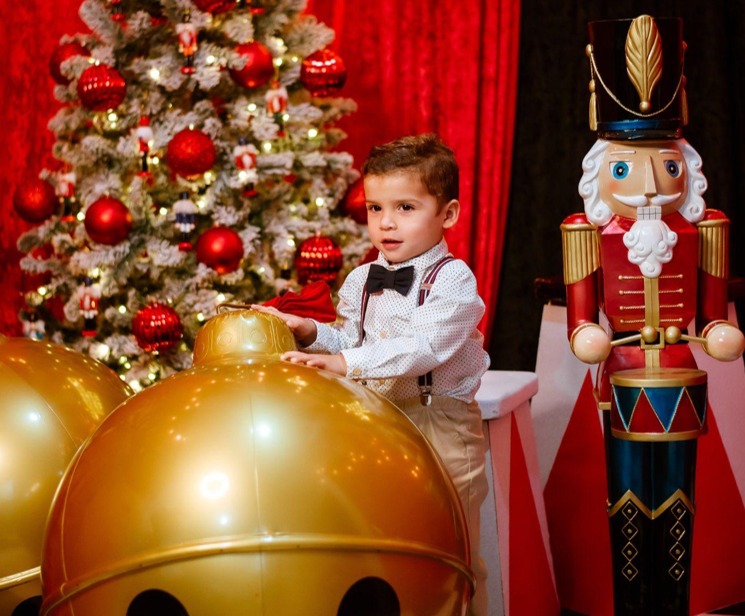The Origin of Artificial Christmas Trees
The history of artificial Christmas trees dates back to the 19th century when Germans started using goose feathers sprayed green to create a tree-like effect. The first artificial Christmas tree was invented in the 1930s by a company that produced toilet brushes. During wartime, when live trees were scarce, people started using these artificial trees to celebrate Christmas. As a result, the demand for artificial Christmas trees increased over the years, and today, these trees have become ordinary holiday decorations worldwide.
The Connection Between Artificial Christmas Trees and Peace
Artificial Christmas trees have played a significant role in promoting peace and unity during times of conflict worldwide. During World War II, the U.S. government encouraged using artificial trees to conserve natural resources needed for war efforts and to prevent deforestation. In 1941, Winston Churchill and Franklin D. Roosevelt decorated an artificial Christmas tree to celebrate their historic meeting in Washington, D.C., promoting unity against the Axis powers.
Artificial Christmas trees have recently been used in peace agreements and treaties worldwide. In 1989, the Berlin Wall came down, and a piece of it was made into an artificial tree to symbolize the unity of East and West Germany. In 1992, the world’s giant artificial Christmas tree was erected in Sarajevo, Bosnia-Herzegovina, to promote peace during the Bosnian War.
Moreover, artificial Christmas trees have become an eco-friendly option for those who want to reduce their carbon footprint and contribute to a sustainable future. By using artificial trees, fewer trees are cut each year, allowing forests to breathe and produce clean air for future generations.
Artificial Christmas trees have also become a way to celebrate cultural diversity, as different communities and religions use them to mark various holidays, such as Hanukkah, Diwali, and Kwanzaa. Additionally, artificial trees come in different sizes, colors, and designs, allowing people to express their creativity and personal style during the holiday season.
In conclusion, artificial Christmas trees have become a popular holiday tradition worldwide, especially during conflicts when real trees are scarce. These trees have significantly promoted peace and unity by being used in various peace treaties and agreements. Moreover, they have become an eco-friendly option for those who want to celebrate the holidays while contributing to a sustainable future. Artificial Christmas trees’ cultural significance and creative possibilities symbolize joy and hope for people of all ages and backgrounds.



